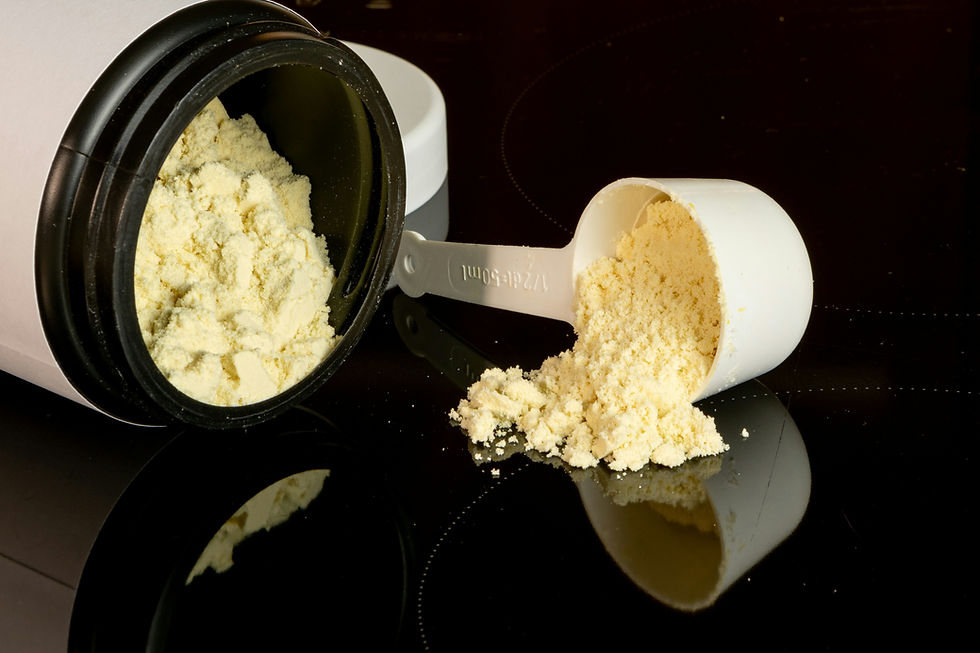Flowers of Sulfur (Brimstone): Creation & Uses
- Sylvia Rose

- Oct 13, 2024
- 3 min read
Updated: Nov 25, 2024
Flowers of sulfur, often termed flowers of brimstone, are crumbly pale yellow powders popular with chemists, botanists, and artisans. Historically significant in alchemy, flowers of sulfur have unique medicinal and scientific properties.

Unlike conventional sulfur in its more solid forms, flowers of sulfur (Brit. flowers of sulphur) have a delicate texture, like fine powder or dust. Apothecaries know it by the Latin flores sulphuris.
It includes up to 30% of the amorphous form of sulfur, or sulfur's non-crystalline structure. In the past, natural sulfur is called brimstone, hence the alternative flowers of brimstone, and the "fire and brimstone" of dogmatic orators.

The powdery flowers have a distinctive odor and wide range of uses. Historically, sulfur and flowers of sulfur are used in the treatment of skin ailments and gout.
Sulfur is one of the three primary alchemical substances, or the tria prima. Along with mercury and salt, sulfur is considered to exist in all things. It has a start in ancient Greek and medieval Islamic alchemy. Renaissance physician Paracelsus popularizes the tria prima in Europe.
In antiquity and the Middle Ages, flowers of sulfur are particularly important in alchemy. The substance is also an ingredient in the making of gunpowder, along with niter or saltpeter. In the 18th and 19th centuries, use of sulfur as a pesticide and fungicide extends into agriculture.

Sublimation is a physical change in which a substance transitions directly from a solid to a gas when heated, without ever becoming a liquid. This process occurs under specific conditions, generally involving lower pressures and higher temperatures.
The production of flowers of sulfur predominantly occurs through the processes of sublimation and deposition. The transformation begins with solid sulfur heated to a temperature where it vaporizes, bypassing the liquid phase entirely. This is around 115 ºC (239 ºF).
This gas cools rapidly, and in the process of deposition, it deposits itself on a surface above in fine particles. The result is the characteristic yellow powder known as flowers of sulfur. The practitioner must remember to provide a deposition surface, or be left with flowers of nothing.

Properties of Flowers of Sulfur: How is it Different from Sulfur?
Flowers of sulfur are a purified form of sulfur, with purification a goal of sublimation. While both flowers and elemental sulfur are the same chemical element (sulfur), they differ in physical forms and properties.
Texture and Appearance: Flowers of sulfur are light and powdery, like a soft-toned yellow dust, solid sulfur can take on a variety of forms, including crystalline and chunk-like structures.
Solubility: Unlike solid sulfur, which has limited solubility, flowers of sulfur are more reactive and can dissolve in certain organic solvents, making them more versatile in various applications.

Sulfur does not dissolve in water, but it can be dissolved in carbon disulfide and, to a lesser degree, in other nonpolar organic solvents like benzene and toluene.
Surface Area: Due to their fine, powdered form, flowers of sulfur have an increased surface area compared to solid sulfur. This property enhances their reactivity, which can be particularly beneficial in agricultural and industrial applications.
Applications: While both forms are applicable, flowers of sulfur are often more desirable for specific uses, particularly in pharmaceuticals and agricultural products, due to their finer texture and enhanced reactivity.

This powder is also known for its pungent smell.
Flowers of Sulfur in Nature
While the sublimation of sulfur can occur in controlled environments, naturally occurring Flowers of Sulfur are relatively rare. They can be found in volcanic regions where sulfur gases escape through fumaroles.
They then condense upon cooling, forming deposits of flowers of sulfur. Natural deposits form the delicate, powdery substance seen in areas of volcanic activity.

This compound is usually synthesized through controlled chemical processes to ensure its purity and consistency. Its unique properties and composition make it a valuable substance in various industries.
Non-Fiction Books:
Fiction Books:
READ: Lora Ley Adventures - Germanic Mythology Fiction Series
READ: Reiker For Hire - Victorian Detective Murder Mysteries


